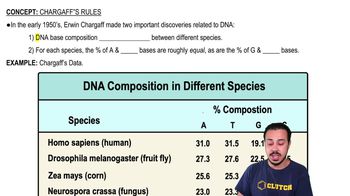Restriction enzymes were first discovered with the observation that
a. DNA is restricted to the nucleus.
b. bacteriophage DNA is destroyed in a host cell.
c. foreign DNA is kept out of a cell.
d. foreign DNA is restricted to the cytoplasm.
e. all of the above



